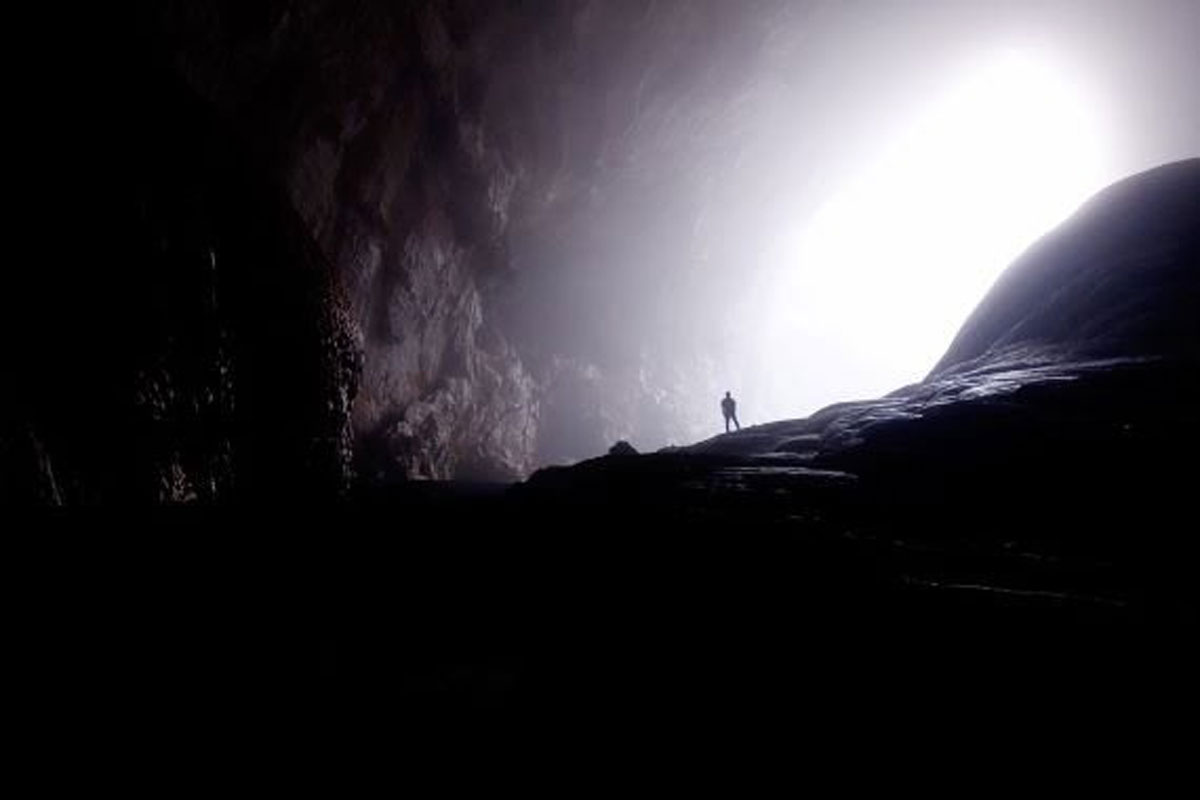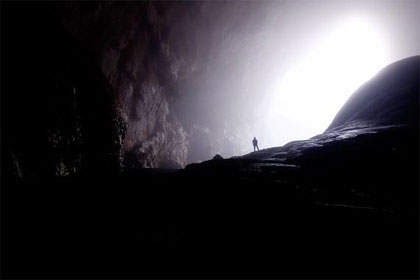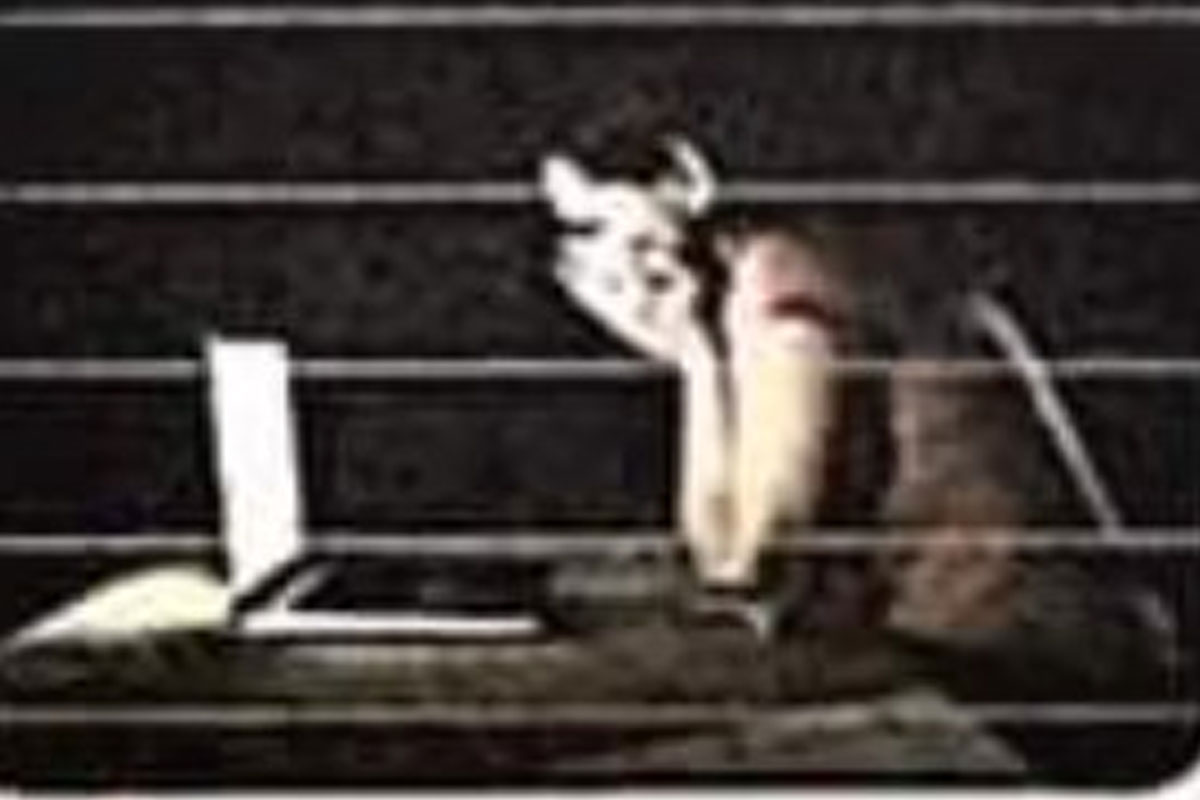
The Mysterious Skull of Italy’s Maze of Malice
Brent Swancer December 3, 2021
Sitting out in a remote area of northern Italy is an enormous karst formation rather ominously called Dolina dell’Inferno, or Hell’s Sinkhole. The name is well earned, as it is permeated with networks of narrow, meandering tunnels that branch out into the darkness through the porous rock, many of them barely large enough for a human adult to get through and some of which have sharp drops into caverns and cave systems, making it a notoriously dangerous place to explore that has claimed many lives. Located in the center of this array of snaking tunnels and dank caves is what is called Marcel Loubens Cave, named after the famed cave explorer Marcel Loubens, who died during a cave expedition to the La Verna cave in his native France. Located 85 feet underground, it is a challenging place to go exploring, with winding, extremely narrow passages that are less than a foot wide in some places, earning it the sinister nickname Meandro della cattiveria, or the Maze of Malice. Despite its many inherit dangers, it is a popular destination for advanced cave explorers, and in 2015 one group of these adventurers would find something very spooky and mysterious down there in the darkness.
The group of cave explorers were inching their way up a vertical shaft barely wide enough to fit through, when they came to a ledge upon which a very curious and macabre sight sat there in the gloom. Upon this rocky ledge at the top of this deep shaft in the middle of this remote cave system sat a human skull staring back at them with blank, hollow sockets. The skull was upturned and missing its jawbone, but other than that seemed to be remarkably well-preserved and in good condition. The fact that it was found on that ledge, in a location that could not be reached without specialized climbing equipment was weird enough, but making it even more bizarre was that there were no other human remains around, no trace of who could have put that skull there or why, just that lone skull sitting alone in the dark. Where had this skull come from? How had it gotten to that nearly inaccessible ledge? Why was it there and how long had it been there? Where were the rest of the remains? No one knew.
 The explorers left it where it was and proceeded to contact proper archeologists to tell them of their find. In 2017, an expedition of archeologists was sent to retrieve the skull, and after a harrowing journey through claustrophobic tight passageways meandering through the bowels of the earth they were able to manage to scale the shaft and collect the mystery skull, after which it would continue to prove to be bizarre. The skull was sent to the University of Bologna for analysis and it was found to be that of a woman in her late 20s or early 30s and that it was around 5,300 years old. Other details were gleaned from the skull as well, such as that the woman had suffered chronic anemia, as well as metabolic stress and she seems to also have had an endocrine disorder.
The explorers left it where it was and proceeded to contact proper archeologists to tell them of their find. In 2017, an expedition of archeologists was sent to retrieve the skull, and after a harrowing journey through claustrophobic tight passageways meandering through the bowels of the earth they were able to manage to scale the shaft and collect the mystery skull, after which it would continue to prove to be bizarre. The skull was sent to the University of Bologna for analysis and it was found to be that of a woman in her late 20s or early 30s and that it was around 5,300 years old. Other details were gleaned from the skull as well, such as that the woman had suffered chronic anemia, as well as metabolic stress and she seems to also have had an endocrine disorder.
In addition to all of this, the skull had some ochre on it, popular in funerary rites in ancient times, and was also found to have some scratches and cut marks on it that are consistent with the removal of flesh, suggesting that the person’s soft tissues had been removed with a sharp tool. Considering that there was no sign of healing, this was determined to have been done after death, possibly as some sort of death ritual, and indeed de-fleshing corpses was a relatively common prehistoric practice dating back to the Neanderthals, but the exact cause of death was unknown. The head was also believed to have been removed from the body intentionally and ritualistically, a practice common among some cultures of the ancient past. Anthropologist Alessia Zielo from the University of Padua has explained of this:
In the cultures of the past, the head was meant as the seat of the soul, which contained the life force, and which possessed extraordinary qualities. It was also the profound symbol of a power closely linked to the concepts of life, death and fertility. Also, after death, the manipulation of the skulls showed that the physical remains of the deceased continued to play an important role in the community life to which they belonged.
 They now knew who the skull had belonged to and that it had likely been removed and the flesh taken off as a part of some sort of death ritual, but the question hanging over everyone’s heads was how it had gotten onto that ledge in that cave. For a time, it completely puzzled the scientists. Due to its age, it seemed impossible that the skull could have possibly ended up where it had been found deep in that cave system, as these ancient peoples would not have had the necessary equipment to possibly access the site. There was simply no archeological context for it to be there, and it was as if it had just materialized from thin air. Of course, this is not a very scientific explanation, so after much study and discussion by a team led by archeologist Maria Giovanna Belcastro, they were able to cobble together a likely scenario for what might have happened.
They now knew who the skull had belonged to and that it had likely been removed and the flesh taken off as a part of some sort of death ritual, but the question hanging over everyone’s heads was how it had gotten onto that ledge in that cave. For a time, it completely puzzled the scientists. Due to its age, it seemed impossible that the skull could have possibly ended up where it had been found deep in that cave system, as these ancient peoples would not have had the necessary equipment to possibly access the site. There was simply no archeological context for it to be there, and it was as if it had just materialized from thin air. Of course, this is not a very scientific explanation, so after much study and discussion by a team led by archeologist Maria Giovanna Belcastro, they were able to cobble together a likely scenario for what might have happened.
According to Belcastro’s team, the woman had likely lived in the area, and after her death her body had been prepared in a ritual that involved removing the flesh, decapitation, and likely the dismembering the body. After this, it is speculated that the disembodied head had accidentally fallen into the cave system by the opening of a sinkhole, a mudslide, or a torrent of rushing water. Considering that the tunnels and passageways were indeed formed by erosion caused by coursing underground waterways, it is thought that over years the skull had tumbled along through the tunnels and passageways driven by coursing water and other ongoing geological processes, after which it had come to rest on that ledge to be found by those cave explorers 5,300 years after the woman had died.
Even the researchers aren’t sure if this is really the answer, but it seems to be the most plausible scenario so far. What happened to this ancient, nameless woman and how did her head end up perched upon a forgotten ledge in some underground warren of caves? Was this really the work of water and geological processes, or was it something else? Whatever the case may be, it is certainly all a spooky historical oddity.
MU*





















